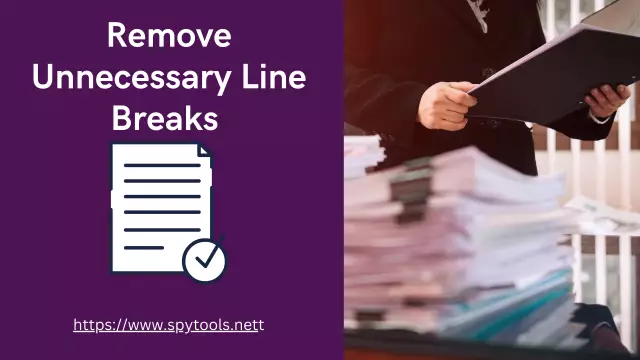From time to time you need to put things in order not only in the apartment, but also on the computer. The accumulation of used and unused files on the desktop does not look very attractive, makes it difficult to navigate, and sometimes just annoying. You can remove unnecessary files in different ways.
Instructions
Step 1
If you are not using the My Documents and My Network Places folders, remove them from your desktop. To do this, right-click on any free space on the desktop, select "Properties" from the drop-down menu. Alternative way: open the "Control Panel" through the "Start" menu, click on the "Display" icon.
Step 2
In the "Display Properties" dialog box that opens, go to the "Desktop" tab. Click on the "Desktop Settings" button, in the "Desktop Elements" window that opens, on the "General" tab, uncheck the boxes opposite the "My Documents" and "Network Neighborhood" icons. You usually need the My Computer folder, leave it on your desktop. Click OK, apply the new settings, close the properties window by clicking OK.
Step 3
On the same "Desktop" tab, click the "Clear Desktop" button, the "Desktop Cleanup Wizard" will start. With it, you can determine which icons have not been used for a long time and decide whether to leave them on the desktop or place them in the "Unused Shortcuts" folder. Follow the instructions of the installer to complete the procedure.
Step 4
If you have a lot of shortcuts to frequently used programs on your desktop, move some of them to the Quick Launch. To do this, place the cursor on the icon of the required application, hold down the left mouse button and drag it to the taskbar (the panel located at the bottom of the screen). If you do not see the icon you just moved, right-click on the taskbar, select the "Toolbars" item in the drop-down menu, set the marker in the "Quick Launch" item in the submenu. Delete the icon you just copied in Quick Launch from the desktop.
Step 5
If you run the same applications every time you turn on your computer, add them to Startup. To do this, open the "Startup" folder located in the C: Documents and SettingsAdmin directory (or another username) Main MenuProgramsAuto Startup. Copy the shortcuts for the launch files of frequently used applications to this folder. Remove the shortcuts themselves from the desktop.






